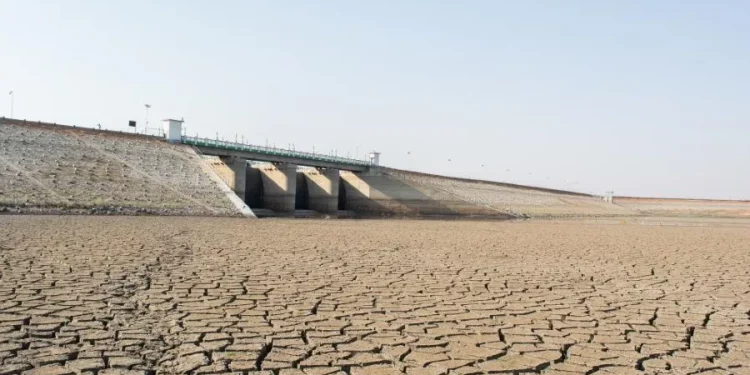The European Commission’s Joint Research Centre recently published the “Drought in Europe – July 2022” report, an assessment of Europe’s drought situation based on the European Drought Observatory.
The analysis of the evolution and impact of the prolonged drought in the EU shows that a staggering portion of Europe is currently exposed to warning (44% of EU+UK) and alert (9% of EU+UK) drought levels, associated with soil moisture deficit in combination with vegetation stress.
The drought in much of Europe is critical as the winter-spring precipitation deficit (19% of the 1991-2020 average across all warning areas in EU+UK, and 22% in areas under drought alert) was exacerbated by early heatwaves. River discharge in multiple countries is severely affected, withstored water volumes also depleted. Altogether, this may require extraordinary water and energy management measures to be taken in affected countries.
The lack of precipitation means soil water content has reduced significantly. This has made it harder for plants to extract water from the soil, leading to widespread stress on vegetation — namely in the Italian lowlands, in southern, central and western France, in central Germany and eastern Hungary, Portugal and in northern Spain.
Water and heat stress are driving crop yields down from a previously already negative outlook for cereals and other crops. France, Romania, Spain, Portugal and Italy will need to deal with this reduced crop yield. Germany, Poland, Hungary, Slovenia and Croatia are also impacted.
A source: https://www.potatonewstoday.com/








